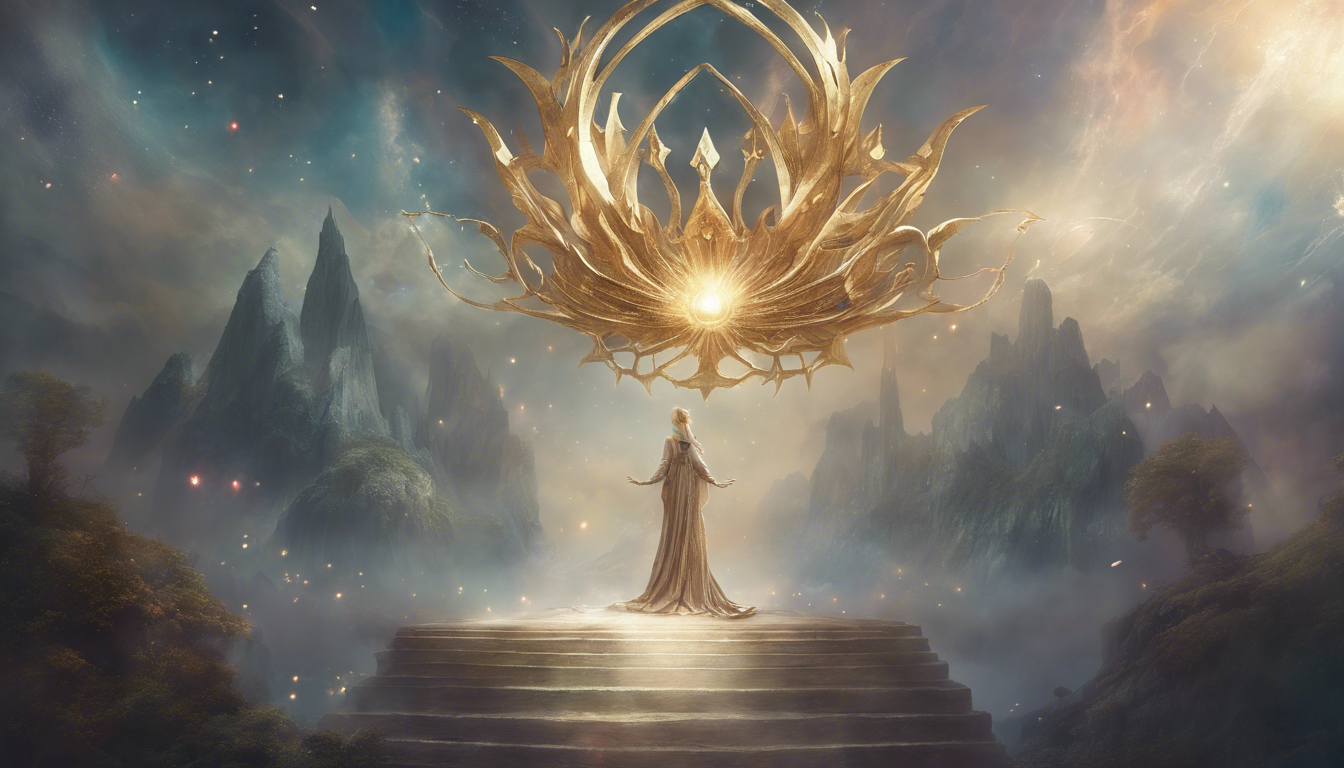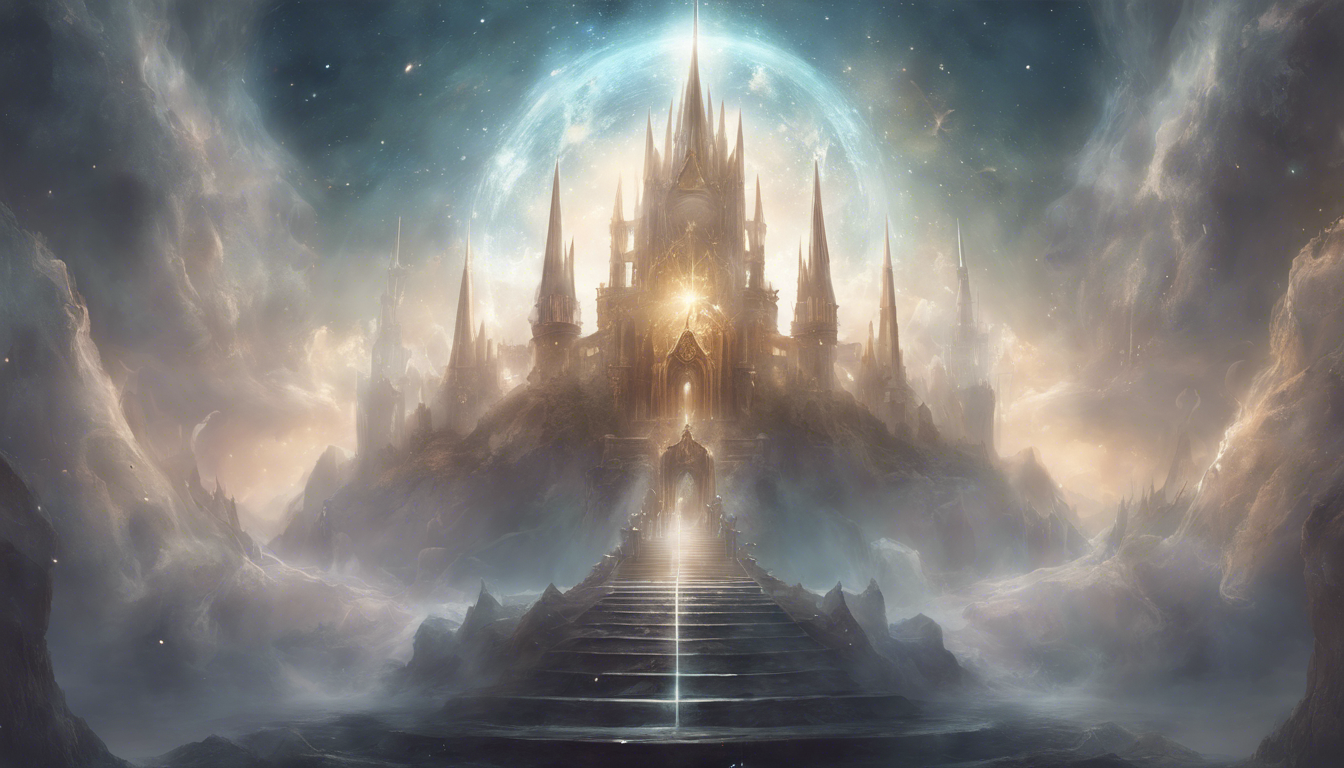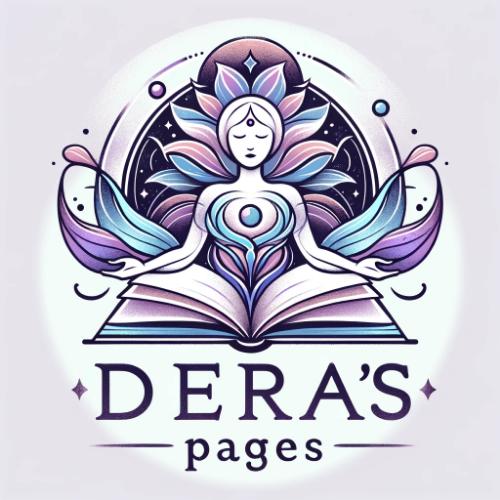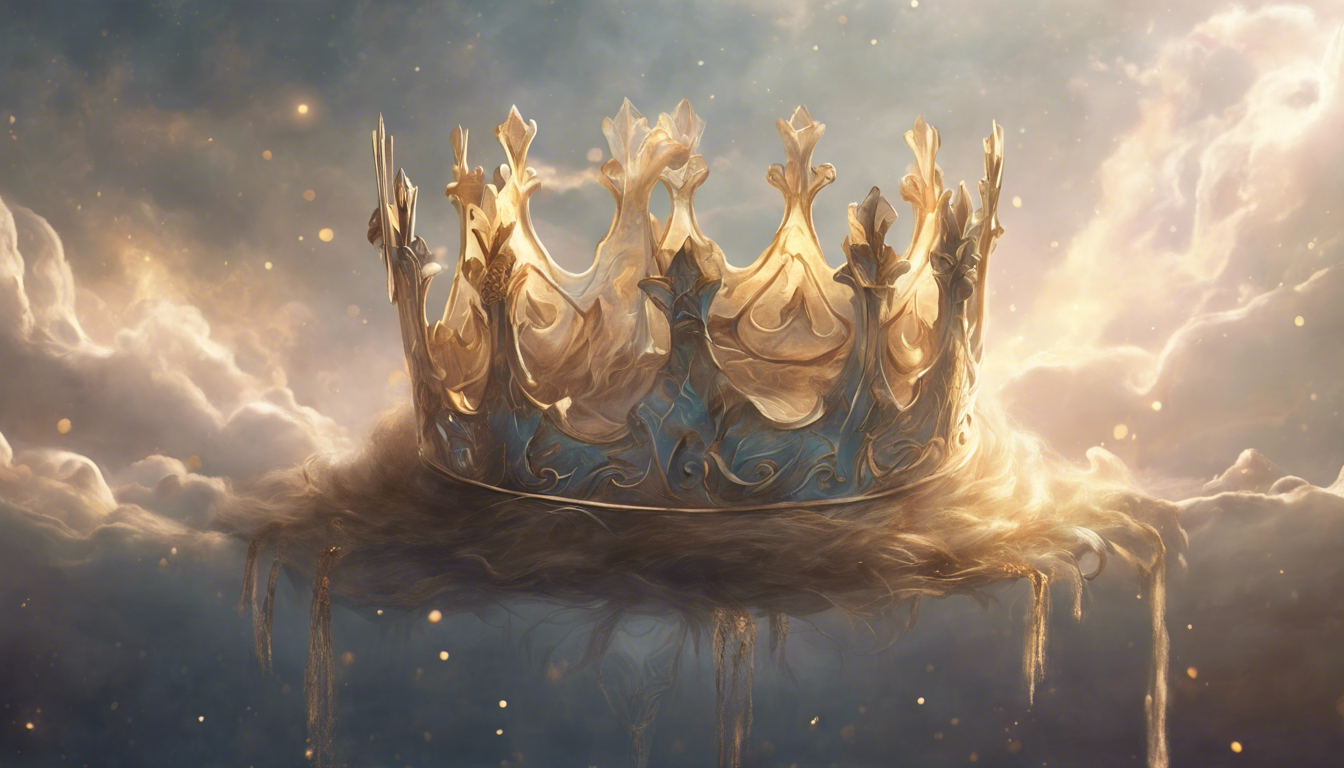The Historical Context of Crown Symbols
The Meaning of Crowns Throughout History
Crowns have long been associated with power, authority, and sovereignty. Their significance can be traced back to ancient times, where they were worn by rulers, monarchs, and deities in various cultures around the world. The symbolism of crowns often goes beyond mere decoration; it represents the divine right to rule and the embodiment of leadership.
In ancient Egypt, pharaohs wore the crown of Upper and Lower Egypt, symbolizing their dominion over the entire kingdom. In Europe, the crown became a prominent symbol of monarchy, with each country having its own unique design. Kings and queens wore crowns to solidify their position as the rightful rulers, chosen by divine providence.
During the Middle Ages, crowns played a crucial role in religious ceremonies. The pope, as the head of the Roman Catholic Church, wore a triple-tiered crown known as the papal tiara, representing his authority over the spiritual and temporal realms. In addition, bishops and other high-ranking clergy members wore miters adorned with precious gems and symbols of their spiritual office.
The Evolution of Crown Symbols
As time progressed, the design and symbolism of crowns evolved. In the Renaissance period, elaborate crowns were crafted with intricate details, incorporating gemstones, pearls, and precious metals. These crowns represented the opulence and grandeur of the ruling elite.
During the Age of Enlightenment, however, the concept of monarchy came into question. As revolutions swept across Europe and the Americas, crowns began to lose their significance as symbols of absolute power. The French Revolution, in particular, marked a turning point where the monarchy was overthrown, and the crown was replaced with the red liberty cap as a symbol of freedom and equality.
Despite the challenges to monarchy, crown symbols continued to be used in heraldry and coat of arms. Noble families and institutions adopted crowns as a way to signify their status and lineage. Each rank within the nobility had its own distinctive crown, providing a visual representation of hierarchy and social standing.
Modern Interpretations of Crown Symbols
In present times, crown symbols have taken on new meanings and interpretations. They are often used in logos, branding, and popular culture to convey notions of power, prestige, and excellence.
In the fashion industry, crown motifs frequently appear on clothing and accessories, symbolizing luxury and elegance. High-end brands such as Gucci and Dolce & Gabbana incorporate crown symbols into their designs, creating an association with royalty and exclusivity.
In the field of music, artists like Beyoncé and Rihanna have been known to incorporate crowns into their stage performances and music videos. These artists use the crown as a symbol of empowerment and self-confidence, embracing their status as influential figures in the entertainment industry.
Overall, the historical context of crown symbols reveals their enduring significance as symbols of power, authority, and prestige. Whether in ancient civilizations or modern-day pop culture, crowns continue to captivate our imagination and remind us of the fascinating historical stories behind these iconic symbols.
The Symbolism of Crown Icons

Crown icons have been used throughout history to symbolize power, authority, and leadership. They have adorned the heads of kings and queens, gods and goddesses, and mythical beings. The crown represents much more than just a decorative headgear; it holds deep cultural and spiritual significance. In this article, we will explore the symbolism behind crown icons and their meanings in various cultures and contexts.
1. Royal Power and Authority
One of the most common associations with crown icons is royal power and authority. The crown has long been a symbol of kingship and queenship, representing the ruler’s sovereignty and dominion over their kingdom. It signifies their right to rule and make decisions on behalf of their people. The crown is often adorned with precious jewels and metals, highlighting the wealth and prestige of the royal family.
In modern times, crown icons are still used to symbolize authority, particularly in constitutional monarchies. They can be seen on official documents, badges, and military insignia. The crown acts as a visual representation of the monarch’s role as the ultimate head of state and their constitutional powers.
2. Divine and Spiritual Significance
Aside from its association with earthly power, the crown also holds deep religious and spiritual symbolism. In many cultures, the crown is seen as a representation of divinity and the connection to higher realms. Gods and goddesses are often depicted wearing crowns, signifying their elevated status and divine attributes.
In Christianity, the crown of thorns is a powerful symbol that represents the suffering and sacrifice of Jesus Christ. It is a reminder of the ultimate act of love and redemption. The crown of thorns has become a powerful emblem for Christians worldwide, symbolizing faith, strength, and salvation.
3. Achievement and Success
Crowns are also often associated with achievement and success. In sports, winners are often crowned champions, receiving a symbolic crown or trophy as a sign of their victory. This association between crowns and triumph is rooted in the idea that the crown represents the highest honor and recognition.
In modern culture, you often see crown icons used in logos and branding for luxury and high-end products. The crown signifies the brand’s excellence, quality, and exclusivity. Whether it is in fashion, beauty, or lifestyle, brands incorporate crown icons to evoke a sense of prestige and accomplishment.
4. Symbol of Unity
Finally, the crown can also symbolize unity and collective identity. In some cultures, a crown is worn during ceremonies to signify the coming together of different communities or tribes. It represents the leader’s role in unifying the people and creating a sense of cohesion and belonging.
Moreover, the crown often serves as a reminder of a shared history and tradition. It carries with it the weight of past rulers and the legacy they left behind. It becomes a unifying symbol that connects people to their cultural heritage.
Overall, crown icons hold a rich and diverse symbolism that transcends time and borders. They represent power, divinity, achievement, unity, and much more. Regardless of its context, the crown continues to captivate our imagination and remind us of the aspirations and ambitions that drive humanity.
Uses of Crown Symbols in Modern Culture

1. Symbol of Royalty and Power
The crown symbol has historically been associated with royalty and power. It represents authority, leadership, and sovereignty. In modern culture, we often see the crown symbol used to depict kings, queens, and other nobility. It is often used to symbolize the ruling class and their position of dominance.
2. Fashion and Style
The crown symbol has also become a popular motif in fashion and style. It is often seen on clothing, accessories, and jewelry. The crown symbol adds a touch of elegance and luxury to any design. It can be used to elevate an outfit or accessory, giving it a regal and sophisticated feel.
Popular fashion brands often incorporate the crown symbol into their logos and designs to convey a sense of prestige and exclusivity. It has become a recognizable symbol of high-end fashion and luxury brands.
3. Achievement and Success
In modern culture, the crown symbol is often associated with achievement and success. It is used to recognize and celebrate individuals who have achieved greatness in their respective fields. Crown-shaped trophies, awards, and medals are often given to winners as a symbol of their accomplishment.
Additionally, the crown symbol can be used to represent personal achievements and goals. It serves as a reminder that with hard work and determination, anyone can reach the pinnacle of success.
4. Social Media and Pop Culture
Social media platforms have also contributed to the wide usage of crown symbols in modern culture. On platforms like Instagram and TikTok, users can add crown filters to their photos and videos to symbolize themselves as “king” or “queen” of their content. It has become a playful way for individuals to express confidence and self-empowerment.
The crown symbol is also frequently seen in pop culture, particularly in music and entertainment. Artists and performers often incorporate crowns into their stage costumes and visual aesthetics to symbolize their status as icons and trendsetters. It represents their influence and power within the industry.
5. Personal Empowerment
Lastly, the crown symbol has gained popularity as a symbol of personal empowerment. Many people have embraced the crown as a means of self-expression and self-confidence. It serves as a reminder to claim one’s inner power and embrace their own uniqueness.
Individuals often wear accessories adorned with crown symbols as a personal affirmation of their worth and strength. It represents their ability to overcome challenges and conquer their goals.
In conclusion, the crown symbol holds various meanings in modern culture. It represents royalty, power, achievement, and personal empowerment. Its usage in fashion, social media, and pop culture has made it a recognizable and versatile symbol in today’s society. Whether it’s worn as a fashion statement or used to convey personal achievements, the crown symbol continues to inspire and empower individuals.


Article written by Dera
Greetings, I am Dera, a 35-year-old individual with a deep passion for spirituality. Through my website, I aim to share my insights and knowledge to help others on their spiritual journey. Join me on the path to inner peace and enlightenment.